
How to take public transportations in Japan
Public transportation in Japan is widely recognized for its efficiency, cleanliness, and punctuality. With an extensive network of trains, buses, and taxis, getting around cities like Tokyo, Osaka, and Kyoto is not only convenient but also a great way to experience Japanese culture. However, Japan's transit systems can be a bit overwhelming for first-time visitors due to their complexity and numerous options.
This guide covers everything you need to know to confidently use public transportation in Japan, including detailed information on trains, buses, and taxis. We’ll go over how to purchase tickets, navigate stations, and make the most of each mode of transport during your journey.
1. Using Trains in Japan
Trains are the backbone of Japan's public transportation, with an extensive network covering almost every part of the country. The train system includes several types of services, from local trains and subway lines to the high-speed Shinkansen (bullet train).
Types of Trains in Japan
The Japanese train system includes several types of trains:
- Local Trains (普通, Futsū): Stop at every station along the route. Perfect for shorter distances.
- Rapid Trains (快速, Kaisoku): Skip certain stations, allowing for faster travel times compared to local trains.
- Express Trains (急行, Kyūkō): Make fewer stops than rapid trains, and often have a small surcharge.
- Limited Express (特急, Tokkyū): These make even fewer stops, traveling faster and often at a higher fare.
- Shinkansen (新幹線): The high-speed bullet trains that connect major cities across Japan, offering a premium travel experience.
Understanding Train Tickets and IC Cards
In Japan, you can choose between purchasing individual tickets or using an IC card for train travel. Here’s a breakdown:
- Individual Tickets: Tickets can be purchased at vending machines located in train stations. You simply select your destination on the machine’s screen, pay the indicated fare, and receive a paper ticket to enter and exit the gates.
- IC Cards (Suica, Pasmo): IC cards are prepaid, rechargeable cards that can be used across multiple forms of transportation, including trains, buses, and even convenience stores. Tap your card on the reader at entry and exit gates, and the fare is automatically deducted. Suica and Pasmo are the most popular IC cards, and they can be used interchangeably on most networks across Japan.
How to Buy Train Tickets and Use IC Cards
If using a ticket machine:
- Select your language (English options are available).
- Choose your destination by finding it on the fare map or by pressing the desired station on the screen.
- Insert your money and collect your ticket. Proceed to the ticket gate, insert your ticket to pass through, and retrieve it on the other side.
If using an IC card:
- Buy an IC card from a ticket machine or at a station counter (a deposit fee of around 500 yen is usually required).
- Charge your card with the desired amount at any charging station.
- Tap your IC card on the entry gate reader to enter and again on the exit gate to leave. The fare is automatically calculated and deducted from your balance.
Navigating Train Stations and Transferring Lines
Japanese train stations can be large and complex, especially in major cities like Tokyo and Osaka. Here are some tips for navigating them:
- Follow the Signs: Most stations have signs in English, especially near major tourist areas. Look for color-coded signs and arrows pointing toward different lines and exits.
- Use Apps and Maps: Downloading a navigation app like Google Maps or Japan-specific transit apps like “Japan Transit Planner” will help you find the quickest routes, train schedules, and platform numbers.
- Transferring Lines: Some transfers may require a bit of walking, and there will often be signs guiding you to the next platform. Follow color-coded line markers on the floor or walls to ensure you’re on the right path.
2. Navigating Japan’s Bus System
While trains are the main mode of transport in Japan, buses play an important role, especially in areas where train lines are limited. Bus routes are extensive in cities like Kyoto, where they are essential for reaching many of the popular tourist spots.
How to Ride a Bus in Japan
Unlike many countries, where you enter from the front, in Japan, you usually board buses from the back and exit from the front. Here’s a step-by-step on how to ride a Japanese bus:
- Board from the Rear Door: When the bus arrives, enter through the back door. In many cities, a small ticket machine will dispense a ticket that indicates your boarding stop, especially if the fare is distance-based.
- Check the Fare Display: Fares are often displayed on a digital screen at the front of the bus, showing the current fare for each boarding point.
- Prepare to Exit: Press the “stop” button when you’re nearing your destination. This alerts the driver to stop at the next stop.
- Pay as You Exit: Fares can be paid in cash or by using an IC card (like Suica or Pasmo). If you are using cash, make sure to have the exact fare or use the change machine near the driver.
Paying for Bus Fares
Here’s how to pay:
- IC Card: Just like trains, you can use an IC card for buses. Simply tap the card on the reader near the driver when you exit.
- Cash: If you’re paying with cash, insert the exact fare or use the change machine. Have small coins ready, as large bills are often not accepted.
Types of Buses and Tips for Navigating Routes
- Local Buses: Most commonly used for shorter distances, these buses run frequently in cities.
- Express and Long-Distance Buses: These connect different cities and towns and can be a more economical alternative to trains for long journeys. Reservations may be required for express buses.
3. Understanding Taxi Services in Japan
Taxis in Japan are clean, reliable, and safe, though they are typically more expensive than public transportation options like trains or buses. Taxis are ideal for late-night travel or for areas where public transport is limited.
How to Recognize and Use Japanese Taxis
- Identifying a Taxi: Taxis have a lit sign on the dashboard indicating availability. A red light means the taxi is available, while a green or blue light usually means it’s occupied.
- Door Operation: Taxi doors in Japan open and close automatically, operated by the driver. Simply wait for the door to open before getting in and allow the driver to close it when you exit.
How to Pay for Taxis
Taxis accept cash, and many now accept credit cards and IC cards. It’s always best to confirm payment options with the driver, especially if you are relying on cashless options. Tipping is not customary in Japan, so you do not need to leave a tip.
Communicating with Taxi Drivers
- Show the Destination in Japanese: Most taxi drivers speak limited English, so it helps to have your destination written down in Japanese or to show the driver a map.
- Fare Structure: Fares start at a base rate (usually around 500-700 yen), with additional charges for distance traveled and waiting time.
4. Essential Tips for Using Public Transportation
Here are some final tips to make your transportation experience in Japan smoother:
1. Download Useful Apps
Apps like Google Maps, Hyperdia, or Japan Transit Planner are essential for navigating the public transportation system, especially for planning train transfers and checking schedules.
2. Be Punctual
Japanese trains are extremely punctual, and even minor delays are rare. Be ready to board when your train arrives, as it may only stop for a short time before moving on.
3. Respect Queue Etiquette
At train platforms, people form orderly lines at designated spots. Follow the lines and wait for others to exit before boarding.
4. Keep Noise to a Minimum
Japanese trains are usually very quiet. Avoid talking on the phone, and speak softly if you’re having a conversation.
5. Avoid Eating and Drinking
Eating and drinking on local trains is generally discouraged, though this is more relaxed on long-distance trains like the Shinkansen.
6. Don’t Forget to Tap In and Out with IC Cards
If you’re using an IC card, remember to tap in at the start and out at the end of your journey. Failing to do so can result in extra charges.
Public transportation in Japan is one of the most efficient ways to explore the country, offering easy access to both urban centers and rural landscapes. By understanding the basics of trains, buses, and taxis, you’ll be well-prepared to navigate like a pro. Enjoy your travels and the journey through Japan’s wonderful transit system!
Share
You may also like
-

Visiting Japan’s Love Hotel Districts: What to Expect
Japan’s love hotel districts are famous for their unique and fascinating blend of privacy, creativity, and a touch of...
-

Top 10 Late-Night Dining Spots in Tokyo’s 24-Hour Cafes
Tokyo’s vibrant nightlife extends well beyond bars and nightclubs, with a thriving late-night dining culture tha...
-

Best Night Tours in Tokyo for After-Dark Adventures
Tokyo’s nightlife is renowned for its energy, vibrancy, and unique blend of traditional and modern experiences. From ...
-

Japan’s Late-Night Food Culture: 8 Best Street Eats
Japan’s late-night food culture is a vibrant experience, especially in bustling cities like Tokyo and Osaka, where de...
-

7 Rooftop Bars in Tokyo for Stunning Views
Tokyo’s rooftop bars offer some of the best ways to soak in the city’s skyline while enjoying drinks, atmosphere, and...
-

10 Best Nightclubs in Tokyo for Dancing and Music Lovers
Tokyo's nightlife is renowned for its variety and energy, with nightclubs that range from high-energy dance floors to...
-

8 Themed Bars and Cafes You Need to Visit in Tokyo
Tokyo is famous for its creative and quirky themed bars and cafes, offering immersive experiences for locals and...
-

Tokyo Nightlife Guide: Shinjuku, Shibuya, and Roppongi Highlights
Tokyo’s nightlife is legendary, offering a mix of vibrant energy, entertainment, and unique experiences in some of it...
-

7 Best Japanese Sake Bars in Tokyo
Tokyo is home to some of Japan’s best sake bars, offering both locals and visitors an opportunity to explore the...
-

Top 6 Observation Decks in Tokyo for Scenic Views
Tokyo’s observation decks offer some of the best panoramic views of the city, giving visitors a chance to see th...
-
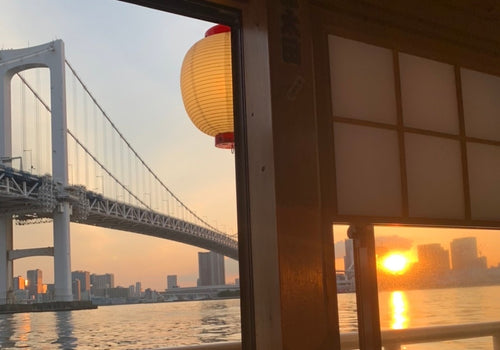
Night Cruises in Tokyo: Enjoy the City Views
Tokyo’s skyline is mesmerizing at any time, but experiencing it from the water on a night cruise adds a magical ...
-
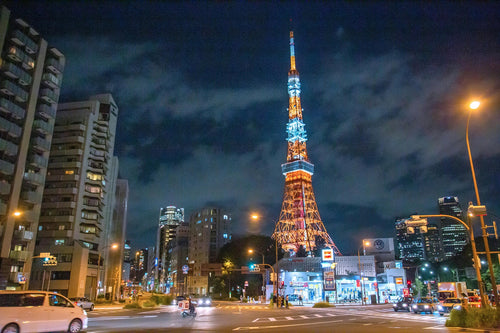
Roppongi Art and Nightlife Guide
Roppongi is one of Tokyo’s most vibrant districts, known for its lively nightlife, sophisticated art scene, and ...
-
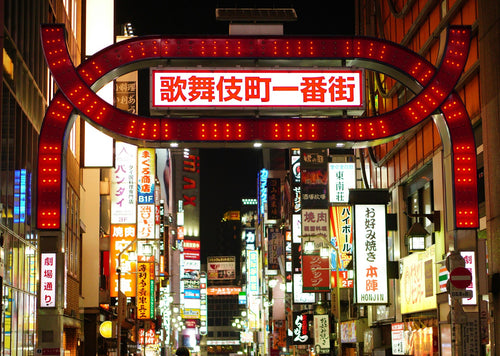
Nightlife Guide to Shinjuku Kabukicho
Shinjuku’s Kabukicho district, known as Tokyo’s “Sleepless Town,” is the center of nightlife in Tokyo. Renowned ...
-

6 Best Night View Spots in Tokyo
Tokyo at night is a breathtaking spectacle, with illuminated skyscrapers, iconic landmarks, and bustling streets that...
-

Top 12 Sake Breweries in Japan for Tasting and Tours
Japan’s sake culture is celebrated around the world for its depth, complexity, and rich history. Sake, or nihons...
-
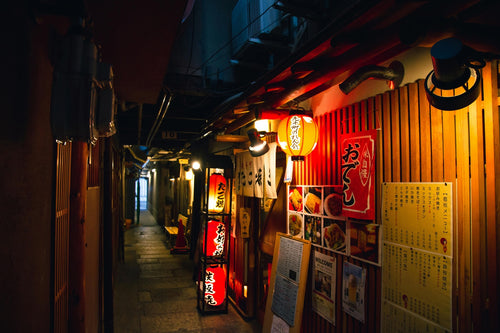
How to Enjoy a Night at a Japanese Izakaya
Japanese izakayas are casual, lively spots where locals gather after work to enjoy drinks, share small plates, a...
-

Exploring Karaoke Culture in Japan: 8 Best Places to Sing
Karaoke is an integral part of Japanese culture, offering a fun and entertaining way for friends, family, and even co...
-

5 recommended bars in Golden Gai
Golden Gai, nestled in the heart of Tokyo’s Shinjuku district, is one of the city’s most iconic bar districts. Known ...
-

10 Japanese Gardens You Should Visit for Tranquility
Japanese gardens are renowned for their beauty, tranquility, and intricate designs that reflect harmony with nature. ...
-

Japan’s Kimono Heritage: Symbolism, Style, and Where to See
The kimono, Japan’s traditional garment, is a beautiful and symbolic representation of Japanese culture. From its int...
-

Etiquette Essentials for Visitors to Japan
Japan’s culture is rich in respect, politeness, and consideration, making etiquette an essential part of daily l...
-

7 Best Places to Discover Japan’s Samurai History
Japan’s samurai history is one of honor, skill, and deep cultural influence, stretching back centuries and leaving an...
-

Geisha Culture in Japan: Myths and Realities
The world of geisha, Japan’s skilled performers and keepers of traditional arts, has long intrigued people around th...
-

Japan’s Unique Architecture: Top 8 Traditional and Modern Landmarks
Japan is renowned for its unique blend of ancient architectural heritage and cutting-edge modern designs. From c...
-

10 Traditional Japanese Festivals (Matsuri) You Can’t Miss
Japanese festivals, or *matsuri*, are vibrant celebrations of cultural heritage, featuring elaborate costumes, l...
-

Japan’s Three Great Onsen: A Guide to Famous Hot Springs
Japan is famous for its natural hot springs, or *onsen* (温泉), offering visitors a unique opportunity to relax and rej...
-

Japanese Art Exploration: Best Spots to Enjoy Art in Japan
Japan is a country rich in artistic heritage, from centuries-old traditional crafts to modern, innovative instal...
-

Guide to Japan’s Fireworks Festivals: When and Where to Go
Japan’s summer fireworks festivals, known as "hanabi taikai" (花火大会), are among the most anticipated events in th...
-
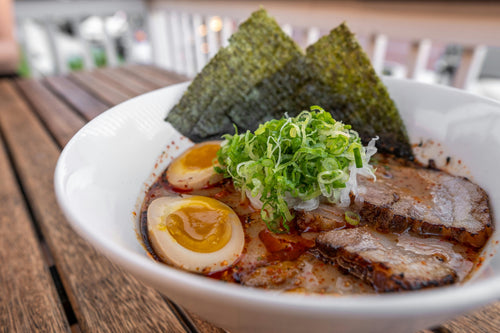
Where to Experience Ramen-Making Classes in Japan
Ramen is one of Japan’s most beloved dishes, with countless regional styles and flavors that attract food lovers from...
-

Power Spot Tours: Japan’s Famous Temples and Shrines
Japan is a land steeped in spiritual history, and visiting its temples and shrines provides not only a glimpse i...
-

UNESCO World Heritage Site Tour Guide in Japan
Japan is home to numerous UNESCO World Heritage Sites, each offering a glimpse into the country’s rich cultural herit...
-

5 Famous Japanese Castles: History and Highlights
Japan is home to some of the most beautiful and historically significant castles in the world. Built during the feuda...
-
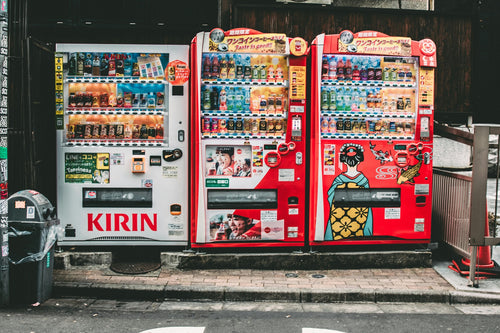
10 Unique Drinks to Try from Japanese Vending Machines
Japan is famous for its vending machines, offering an incredible variety of drinks that go beyond just soft drinks an...
-
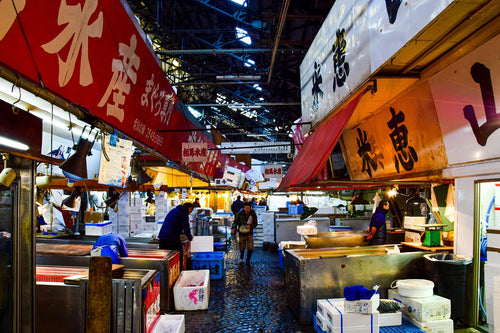
Tokyo Market Guide: Exploring Tsukiji and Toyosu Markets
Tokyo's Tsukiji and Toyosu Markets are must-visit spots for food lovers and anyone interested in Japan’s rich culinar...
-

Experiencing Traditional Tea Ceremony in Tokyo
The Japanese tea ceremony, or "chanoyu," is a cultural experience steeped in tradition, aesthetics, and mindfulness....
-
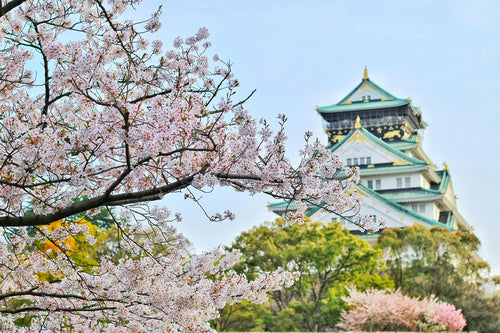
Top 7 Cherry Blossom Viewing Locations in Tokyo
Springtime in Tokyo is synonymous with the cherry blossom season, a breathtaking period when the city’s parks, rivers...
-

What is Onsen? A Guide to History, Benefits, and Etiquette
Onsen, Japan’s cherished hot spring culture, offers a unique blend of relaxation, scenic beauty, and deep-rooted trad...
-

What is Sake? Its Production Method and History
Sake is a traditional Japanese alcoholic beverage made from fermented rice. It has been enjoyed in Japan for over a t...
-

8 hot springs with beautiful scenery near Tokyo
Tokyo is a bustling metropolis, but just outside the city are some of Japan's most serene hot springs, or onsens, off...
-

Top 10 museum to visit in Tokyo
Tokyo is home to a diverse range of museums that cater to all interests, from art and history to technology and pop c...
-
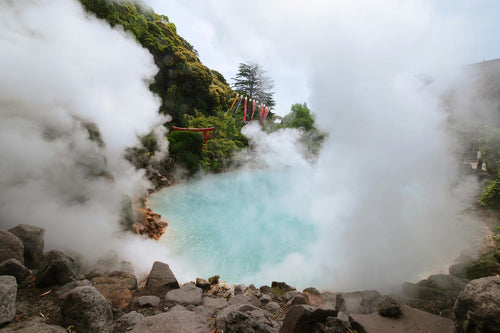
9 Best Hot Spring and Bathhouse in Tokyo
Tokyo is known for its vibrant urban energy, but it's also a fantastic place to relax and rejuvenate in hot springs (...
-
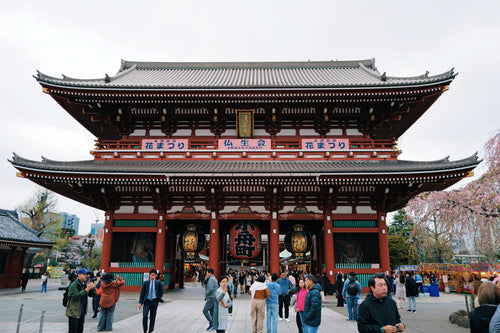
15 Famous Temples and Shrines to Visit near Tokyo
Tokyo and its surrounding areas are home to many famous temples and shrines that showcase Japan's rich spiritual and ...










































